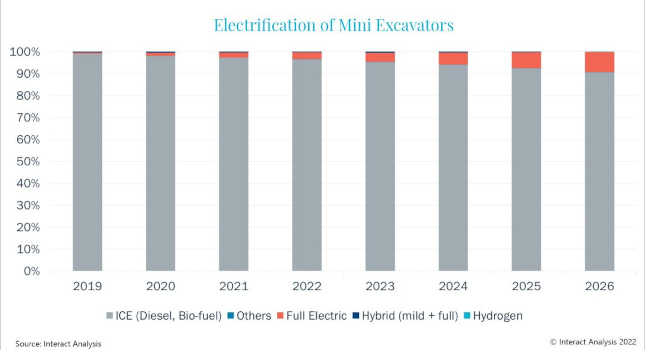Hydraulically-powered grabs are designed for tough working environments and regular maintenance and repair is essential to keep the business running smoothly.

We all remember visiting the amusement parks and playing with grabber claws to win prizes such as teddy bears. What people may not be aware of is the same type of grabber is used on an industrial scale. For example, in the power generation industry, these giant claws are used to feed furnaces with fuel in energy-from-waste plants. Unlike the arcades, these grabbers can’t be allowed to let the loads slip through their fingers.
These facilities help improve the sustainability of power sources and maintaining plant reliability is an important step in minimizing costs. Handling waste products and scrap metal is an arduous process, one that causes significant wear to both the mechanical and hydraulic components. To keep operations running, operators will often keep a spare grab on site to enable repairs and maintenance to be completed without causing disruption to the business.
Prolonging safe operation
Modern, orange peel grabs, commonly operated in waste applications, are essentially self-contained units with an electrical control being the only connection to the operating vehicle. The hydraulic reservoir, cylinders, pump and electric motor are all installed within the frame of the grab, ensuring the process to swap grabs is quick and simple.
Depending on the application, grabs can operate for between 18 months and two years before a service is required. After this time, the tines or petals of the grab will have become worn, and some of the hydraulic circuits may leak. Whatever, the condition of the grab, it is important to complete regular maintenance checks to ensure continued safe and reliable performance.
Comprehensive inspection
To fully assess the condition of the whole grab, it is important to fully dismantle it down to individual component level. This allows every part to be cleaned and inspected, with special attention being paid to the dimensions of bushes, pins and pivot bores as well as the seals and dimensions of the hydraulic cylinders.
For those defects that are more difficult to see, non-destructive testing (NDT) techniques, such as magnetic particle and liquid dye penetrant testing, should be used to discover any welds that have suffered from fatigue or excessive loads. This also applies to the hydraulic tank and the plate welds on the petals of the grab.
While dealing with the hydraulic tank, it is important to thoroughly clean the inside of the tank to remove any contamination and get the grab ready for reassembly. At this point, it should be possible to put together a comprehensive list of work required to repair or replace all the worn components for the operator.
Good as new
Installing the new parts, either purchased or manufactured, is the beginning of a refurbishment; new pivot pins, bushings, and seals are used to reattach the petals to the main frame.
The hydraulic cylinders are resealed, having re-chromed the rods if necessary, and comprehensively pressure tested along with the hydraulic power pack, the control valves and the reservoir. It is possible to record pump pressures as well as pressures on both sides of the cylinders with a hydraulic datalogger and provide the customer with a complete record of the results.
At the same time, new hard-facing is applied to the petals. This cross-hatched welding increases the durability of the steel plates that are required to operate in such arduous conditions. The welding acts as a sacrificial surface that can be replaced during the refurbishment and prevents wear of the base material.
Once all the components have been repaired, they are reassembled, with a new hydraulic filter fitted and clean oil added, it is possible to complete the function testing of the grab and then package it ready for shipment back to the customer. All of this can be achieved in two to three weeks, if parts are already stocked, ensuring the spare grab is back on site and ready to go back to work.



